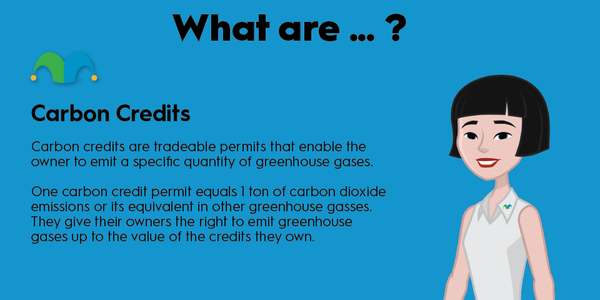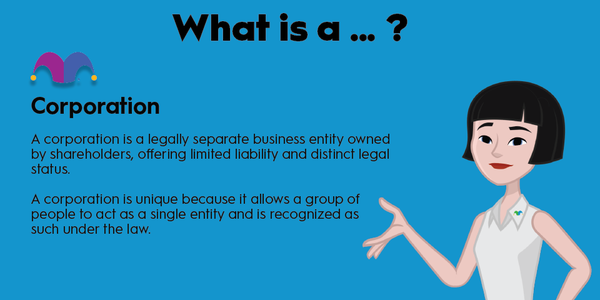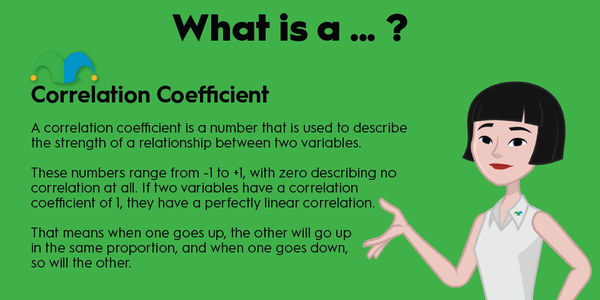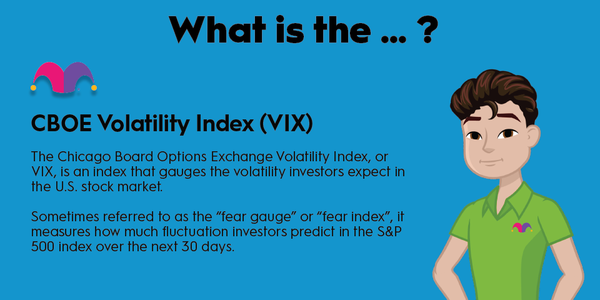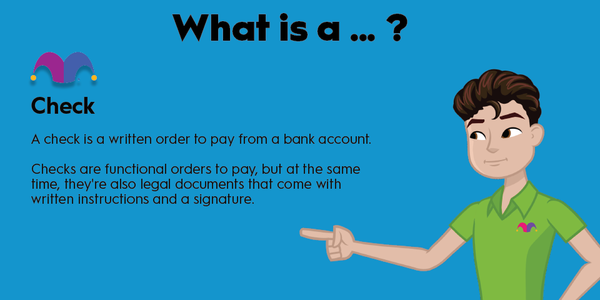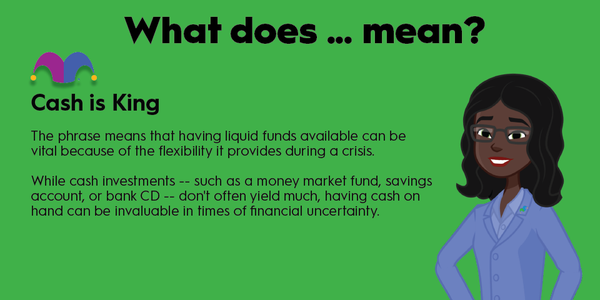Compound annual growth or CAGR is an oft-quoted growth measurement. The metric can be calculated or projected for anything that changes value over time, from individual stocks to entire industries.
Keep reading to learn what CAGR is, how to calculate it, and how to use it. You'll also find out why you should prioritize CAGR over average returns when assessing an asset's growth history.

Understanding CAGR
Understanding CAGR
CAGR is the smoothed-out annual growth rate required for an asset to move from a starting value to an ending value. As an example, say you own a share of stock worth $50. Five years later, the stock's market price is $150. CAGR tells you how much the stock would have appreciated annually if the growth was consistent throughout the five years. The formula assumes you take no profits during the measured period.
In reality, stocks rarely gain or lose value evenly. A $50 share may go down to $25 and then up to $300 before moderating to $150. CAGR overlooks that volatility for a simpler and more comparable representation of an asset's growth.
The CAGR formula
The CAGR formula
You need three values to calculate CAGR: A beginning value, an ending value, and the number of years being measured. In our example, the beginning value is $50, the ending value is $150, and the number of years is five.
The CAGR formula is:
((((ending value/beginning value) raised to the power of 1/n)-1)x100).
Here is the formula, broken down into four steps:
- Divide the beginning value into the ending value. For our example, this would be $150 divided by $50, which equals 3.
- Divide 1 by the number of years. The answer here for our example is 0.2.
- Next, you'll use the number from the previous step, 0.2, as an exponent, applied to the number from the first step. In other words, you raise the value calculated in the first step to the power calculated in the second step. A calculator or spreadsheet can do this for you. The rounded answer with our numbers is 1.246.
- Subtract 1 from 1.246 to get to 0.246. Convert that decimal into a percentage by multiplying by 100. That equates to a CAGR of 24.6%.
You can test the calculated CAGR by applying the unrounded percentage to the starting value five times.
- Year 1: $50 grows to $62.29.
- Year 2: $62.29 grows to $77.59.
- Year 3: $77.59 grows to $96.66.
- Year 4: $96.66 grows to $120.41.
- Year 5: $120.41 grows to $150.
What you can and can't do with CAGR
What you can and can't do with CAGR
CAGR is useful for comparing asset behavior. You can use it to evaluate a stock against its peer group or a benchmark index. Or, you can rely on CAGR metrics to track and measure your entire portfolio relative to the market as a whole.
You can also use CAGR to compare assets that are less correlated, such as stocks and gold. A longer time frame is necessary for that comparison, to ensure you're covering positive and negative cycles for both asset types.
You cannot use CAGR if you are contributing to or withdrawing from a position, however. The formula assumes a single initial investment. If you make contributions during the measurement period, the calculated CAGR would overstate actual growth. Likewise, distributions would understate actual growth.
Also note that CAGR only quantifies growth; it does not measure risk or volatility. In our example above, the stock produced a CAGR of 24.6% by going from $50 to $150 in five years. That value change could happen with slow-and-steady growth or with radical fluctuations. The CAGR measurement alone sheds no light on the path between the starting and ending values.
Related investing topics
CAGR vs. average returns
CAGR vs. average returns
CAGR is not the only way to quantify investment growth over time. Another commonly used metric is average return. You should know these two numbers are not equal or comparable.
To calculate average return, you start by summing the growth rates in each year of the period. Then you divide that sum by the number of years.
CAGR, however, ignores the annual growth rates. It only considers the ending value compared with the beginning value. This will produce a more conservative and realistic growth number vs. averaging annual growth rates.
Returning to our $50 stock example, say the stock's value stays flat for four years and then grows 200% in the fifth year. The ending value is still $150. The average annual growth rate in that scenario is 40%. The math begins with summing four zeros and 200 for the annual growth rates. You then divide 200 by five years to get to 40.
As you can see, the same investment can have a CAGR of 24.6% but an average annual growth rate of 40%. So, if growth rates influence your trade decisions, be sure you know which growth rate you're being quoted.

